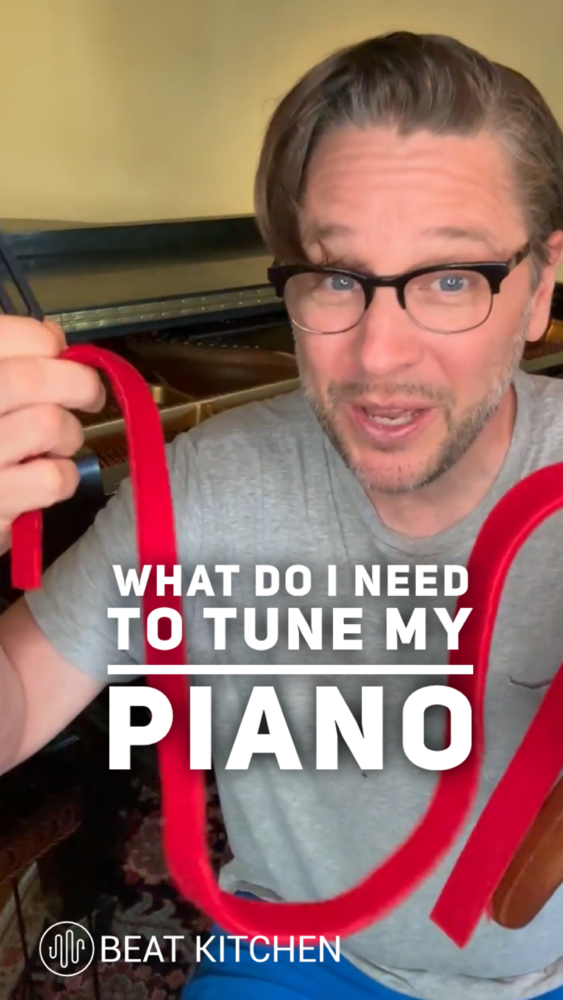What do I need to tune my own piano? First of all, let’s get the disclaimers out of the way. The first thing you’re gonna need to tune a piano is a lot of time.
Takes me about two hours to get through this one. I usually go back to it and realize that I didn’t quite get everything right. And then after I fix it and come back to it the next day, sometimes I didn’t get everything set correctly.
The first time you do it is not gonna sound that good or the second or the third. So you might want to have access to an instrument that you don’t care a lot about. The next thing you should do is watch a tuner work.
Stand over their shoulders, ask them questions. They love that. Assuming you don’t run into any mechanical problems.
And you might because there’s thousands of moving parts in there. The actual principles of tuning, you can probably learn in a sitting. The real finesse is in the mechanics.
Getting a feel for the tool and not just getting the pitches to where they need to be, but doing it safely and so they stay there. That takes some practice. If you want to get medieval about it, you can get one of these and a big tuning felt.
But you’re gonna have plenty on your plate. I recommend you get a decent tuning app that can handle the partial that you’re gonna be dealing with. This is a tuning hammer.
You don’t hit anything with it. It’s like a wrench. It’s worthwhile getting a decent one.
You’re gonna locate a string and you’re gonna trace it down to one of the tuning pins. In order to isolate it, you’re gonna need a couple mutes. There are three strings for every note over here.
We’re muting the outer two. This one’s a bit sharp. So we locate the string.
Don’t touch them. Drop the tuning hammer on the corresponding pin. Instead of placing it horizontally, I like it more vertical.
So that’s one down and like a zillion to go.

